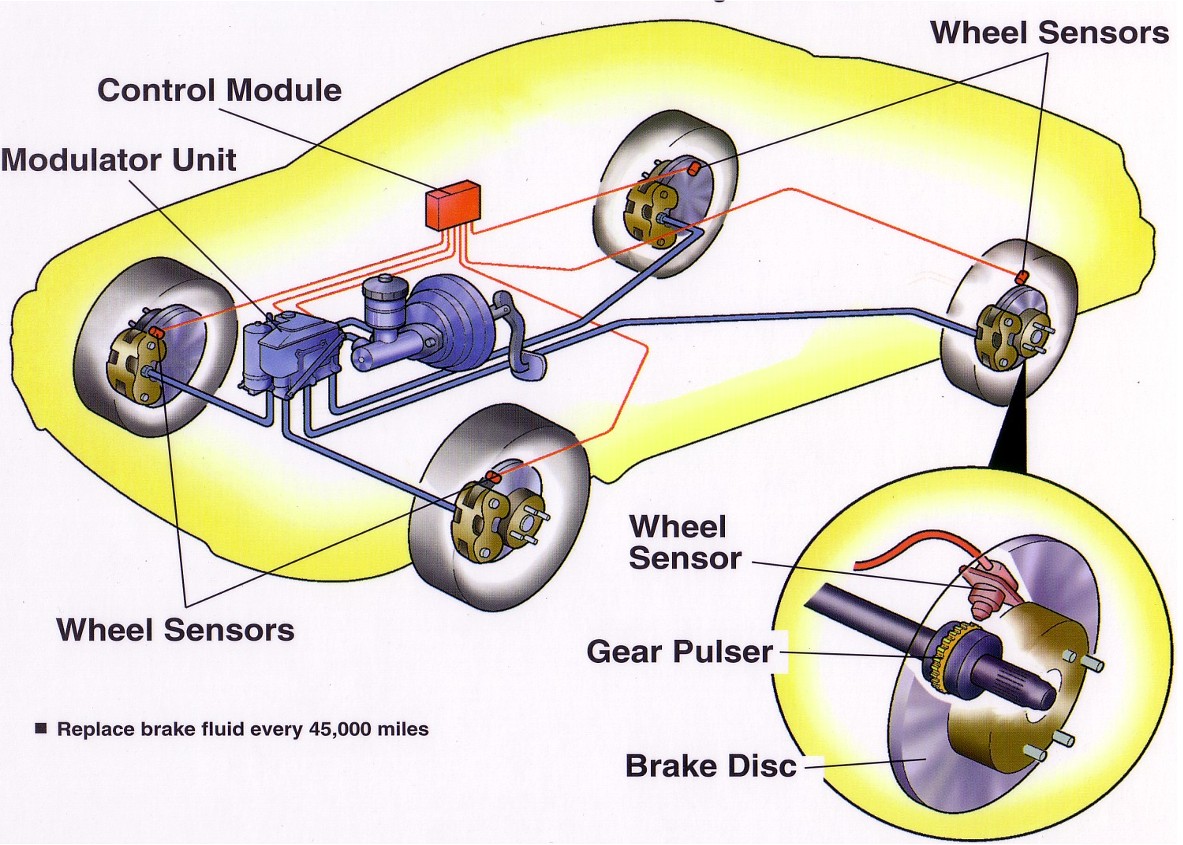My aim of writing this piece is to enlighten us about some vital automotive terminologies which we get to hear about each time we visit the mechanic workshop or bu para venture we come across these words anywhere around
Our Cars are mechanical equipment's which are made up of various subsystems on whose functionality the overall performance of these mechanical equipment's is dependent on.
Many a times we hear abbreviations like O2 sensors, E.G.R systems, A.B.S, P.C.V all to mention
but a few been reeled out by automotive experts and indeed our mechanics some times as laymen we are caught in bewilderment as regards the meaning of these components, while in actual sense these are various subsystems that makes up our cars.
E.G.R SYSTEM
E.G.R simply means exhaust gas re circulatory system, the main function of this system in an internal combustion engine is simply to reduce the emission of nitrogen by redirecting a portion of the exhaust gas back into the cylinders.
These technique is achieved using the E.G.R valve, to simply define its function an E.G.R system simply regulates the flow of exhaust gas in an internal combustion engine.
Likely Symptoms that might occur when this components fail to functions properly or goes totally defective could range from engine misfire and fuel consumption.
A.B.S SYSTEM
I like to talk about this component because of its crucial importance to an automobile and also its misconceived abbreviations, most people assume the A.B.S abbreviation as the automatic braking system, but in actual sense it is called the anti lock braking system.
Back in the days when cars were fitted with just raw brakes popularly referred to as hydraulic brakes there were incessant cases where the brakes lock to the wheels on application, i need not tell the resultant effect of this defect especially on the highway, on seeing this defect automakers were compelled to come up with a palliative measure to ensure that such occurrence became a thing of the past with the introduction of the anti lock braking system

Going By its name the anti lock Braking system is fitted to ensure that the brakes do not lock on application as opposed to it being an automatic braking system. virtually all cars of today are equipped with this device whose primary function is to serve as a safety measure.
R.P.M
R.p.m as the abbreviation goes is understood by most quarters but still a few misunderstand this concept, simply referred to as revolution per minute.
In simple terms R.p.m could be measured as the frequency of rotation around a fixed axis in just one minute.
In Layman's Language R.p.m means the amount of time an internal combustion engine completes rotation in one minute.
P.C.V
As the name implies the p.c.v is simply referred to as the positive crank shaft ventilation system, the basic function of this system in an internal combustion engine is to let out blowby gases which escapes from the piston rings during combustion if left alone these blow by gases can cause pressure to build up in the crankcase which might ultimately lead to engine damage, the P.C.V channels these gases out of the crankcase back into the air intake manifold using what is called the P.C.V valve.
Simply put the P.C.V is used to eradicate contaminants from the crank case through the intake manifold back to the combustion chamber.
E.C.M / E.C.U
Ecm or ecu as the case may imply is that device that is popularly known as the brain box, the function of the ecu is immeasurable in today's automobiles the Ecm is responsible for coordinating virtually every function of an engine these functions vary from idle speed control, ignition timing control, variable valve timing control, air/fuel ratio control, electronic valve control and all of that.
The Ecu is a critical part of an automobile and is never to be toyed with.
Other important subsystems with abbreviations includes,
T.C: Traction control which is responsible for maintaining road grip especially in wet condition.
V.S.C: Vehicle stability control, this is responsible for maintaining balance on the road.
S.R.S: supplementary restrain system which is commonly know as airbags are built to prevent passengers during collision.
T.P.M.S: Tire pressure monitoring system which sensors are usually located on the valve and tyres of modern vehicle tell just one story, the condition of the tyres, they detect if the tyres are over inflated, under inflated or are in a bad state, the location of these sensors leads to its vulnerability no thanks to its near contact with the road surface for more insights on car tires kindly visit our previous post (paying attention to your tires)
The list goes on and on but what must be realized is the fact that cars of today have been broken down to subsystems which has further simplified their functionality.
Our write ups are meant to be informative, your thoughts are highly welcomed.
